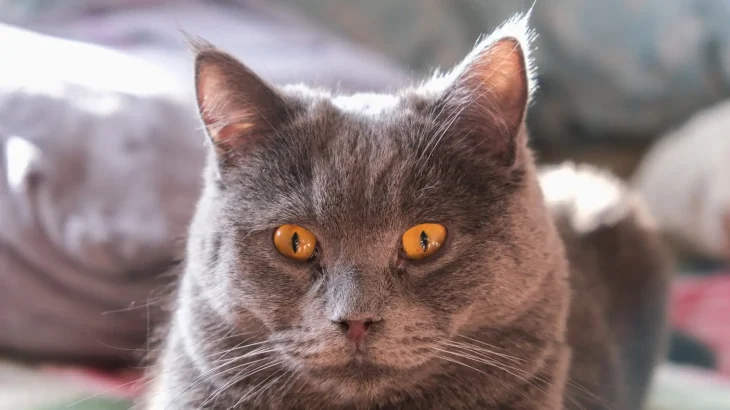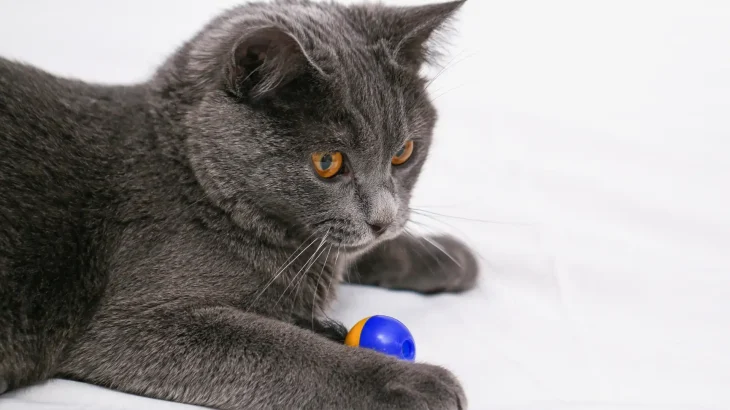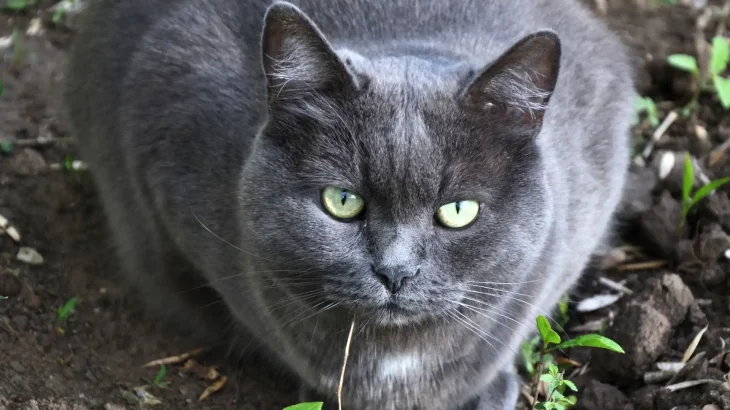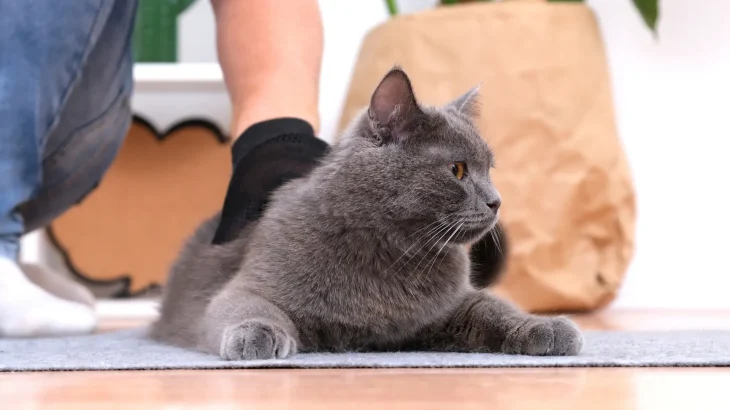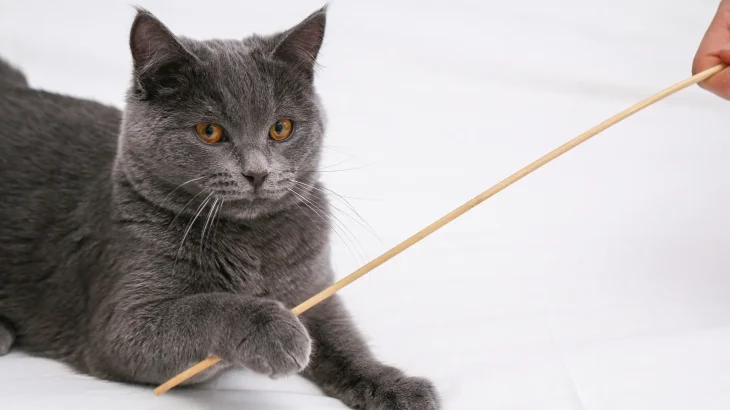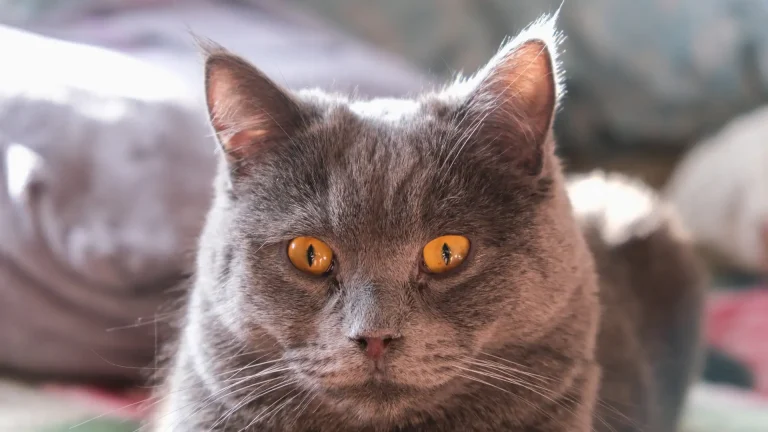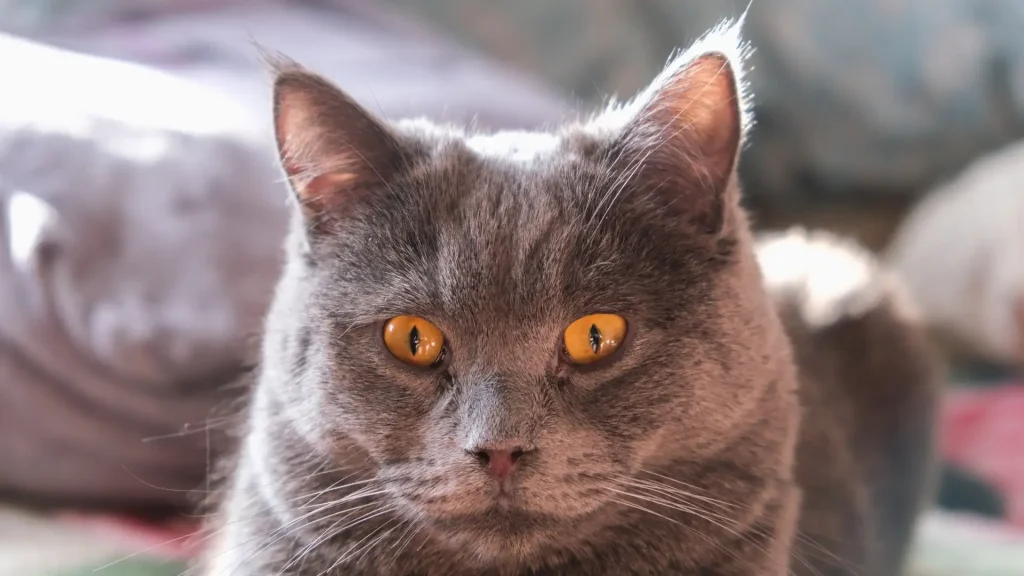Deciding between adopting or purchasing a Chartreux kitten comes down to what matters most to you, whether that's knowing the kitten's background or giving a home to a cat in need. Buying from a breeder generally offers more insight into the kitten's lineage and health, while adoption presents a chance to rescue a cat regardless of its past. Both paths have their unique advantages for future Chartreux owners.
Adoption vs. Breeder: Pros & Cons
| Criteria | Buying from Breeder | Adopting from Shelter/Rescue |
|---|---|---|
| Cost | Typically higher, reflecting breed purity and breeder reputation. | Usually lower adoption fees, often including basic vet care. |
| Health History | Comprehensive health screenings and clear genetic backgrounds. | Health histories are often unknown; health checks may vary. |
| Age Availability | Mostly offers young kittens for early bonding and training. | Wide range of ages, including adult cats ready for a new home. |
| Temperament Insight | Breeders can share expected breed tendencies and kitten behavior. | Temperament observed may reflect individual cat's experience. |
| Supporting Practices | Supports responsible breeding programs when breeders are ethical. | Supports animal welfare by saving cats needing homes. |
| Ethical Considerations | Important to research to avoid supporting unethical breeding. | Promotes rescue and reduces stray and shelter populations. |

